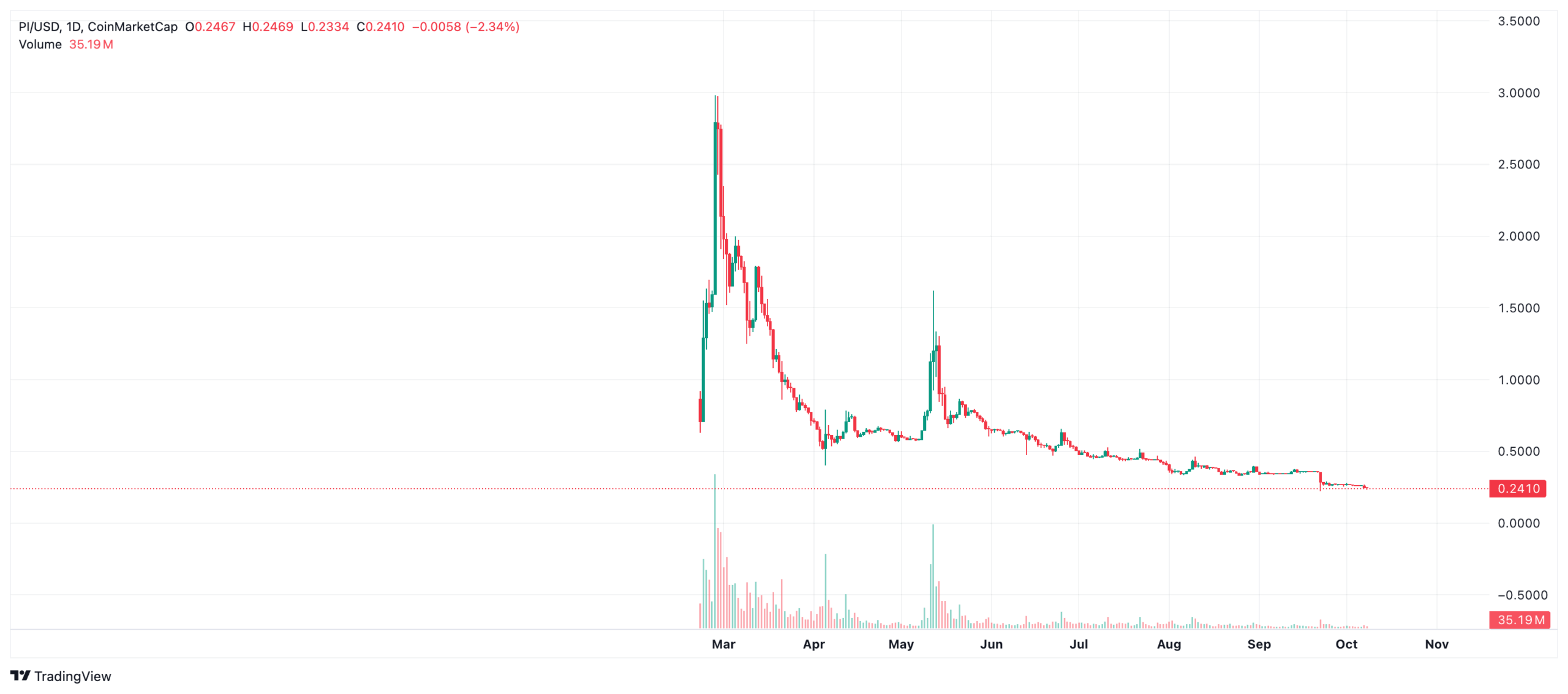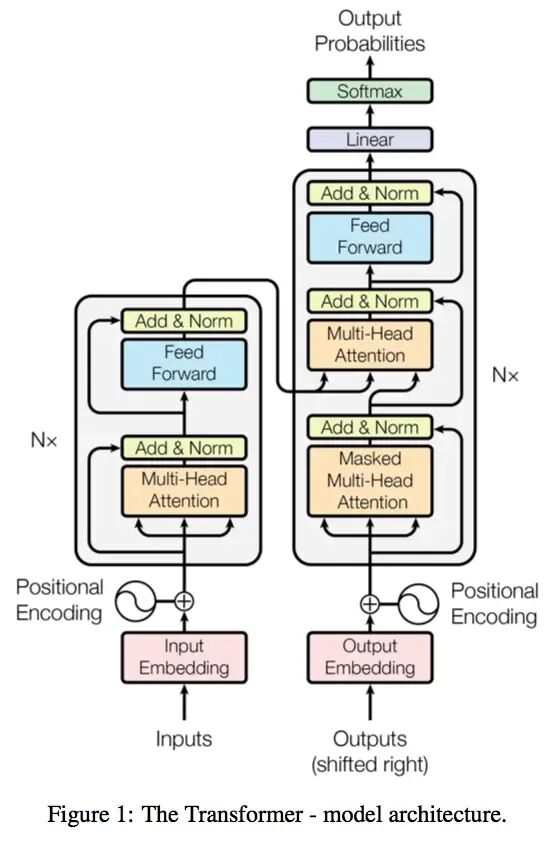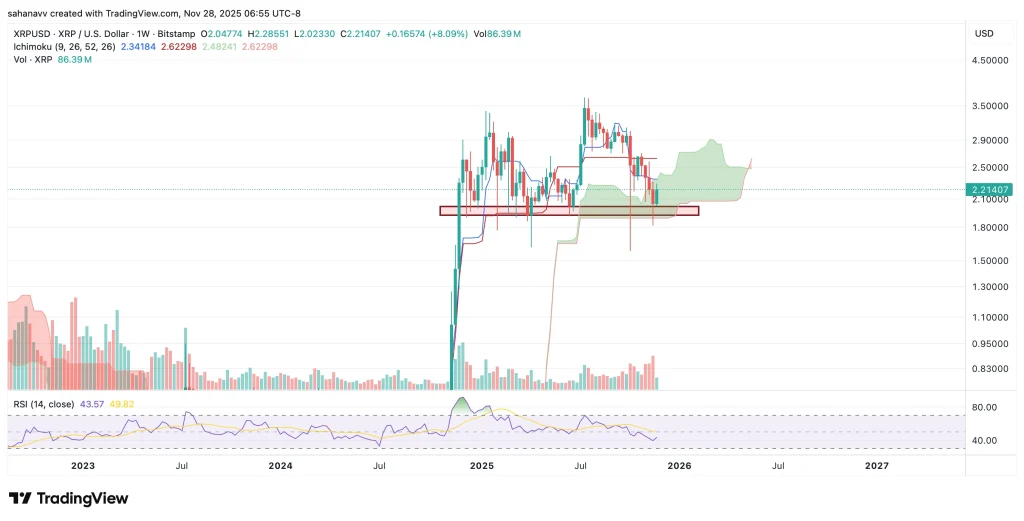Pi Network has been intensively testing Protocol v23 on its test network over the past month. Community evaluations suggest a potential transition to the main network in the current quarter. The update aims to enhance scalability and transaction efficiency on the Blockchain, with possible price recovery on the horizon. Dr. Altcoin, a community analyst, shared that after minimizing errors, the test network will transition to Phase 2, potentially opening the window for main network deployment if conditions permit.
Protocol 23 Testing Phase in Pi Network
According to Dr. Altcoin, the update is in the active testing phase with developers working to minimize errors. Post a successful testing period, the Test Network 2 will undergo stability tests under additional loads. The timeline is highlighted from the end of the current quarter to the first quarter of 2026. The schedule’s clarity depends on the technical findings revealed in the test reports.
The developer team has adopted the Stellar Core 23.0.1 architecture. This architecture offers higher transaction capacity, fast transaction finality, and provides a robust foundation for planned future improvements in the main network. Through the v23 framework, developers gain the opportunity to verify decentralized applications under more realistic conditions before transitioning them to the main network.
The test network features two notable aspects: a decentralized exchange (DEX) and an automated market maker (AMM). Users can engage in cryptocurrency trading, liquidity pool creation, and DeFi features in a secure testing environment.
Current Status of Pi Coin Price
Pi Coin has been moving within a horizontal band for a long time. According to CryptoAppsy data, the altcoin is retesting the $0.2368 bottom, with daily trading volume dipping below 30 million dollars. Low liquidity increases slippage in order books, fueling volatility in unidirectional movements.
 Pi Coin
Pi Coin
Dr. Altcoin suggested market-supportive policy sets to the core team, including buyback from centralized exchanges, programmed coin burning mechanisms, and tokenomic updates to discipline circulating supply. He reiterated concerns over potential deepened value loss in Pi Coin without sufficient action.
Earlier this year, Pi Coin achieved a market value surpassing 17 billion dollars, but subsequently lost about 90% of its value and dropped out of the top 50 cryptocurrencies list. Enhancements on the network side and the maturation of DeFi modules could pave the way for a new pricing threshold for the altcoin if demand strengthens.




